Purchasing a semi-trailer is a significant investment that can influence the efficiency of your logistics operations profoundly. Understanding the costs associated with buying a semi-trailer is vital for effective budgeting and planning. In this comprehensive guide, we will delve deep into the various factors that affect the price of semi-trailers, providing you with essential insights and data.
Understanding Semi-Trailer Types and Their Costs
1. Dry Van Trailers
Cost Range: $30,000 – $60,000
Dry van trailers are the most common type used in the freight industry. These enclosed trailers protect cargo from weather conditions and theft. The cost varies based on size, brand, and additional features.
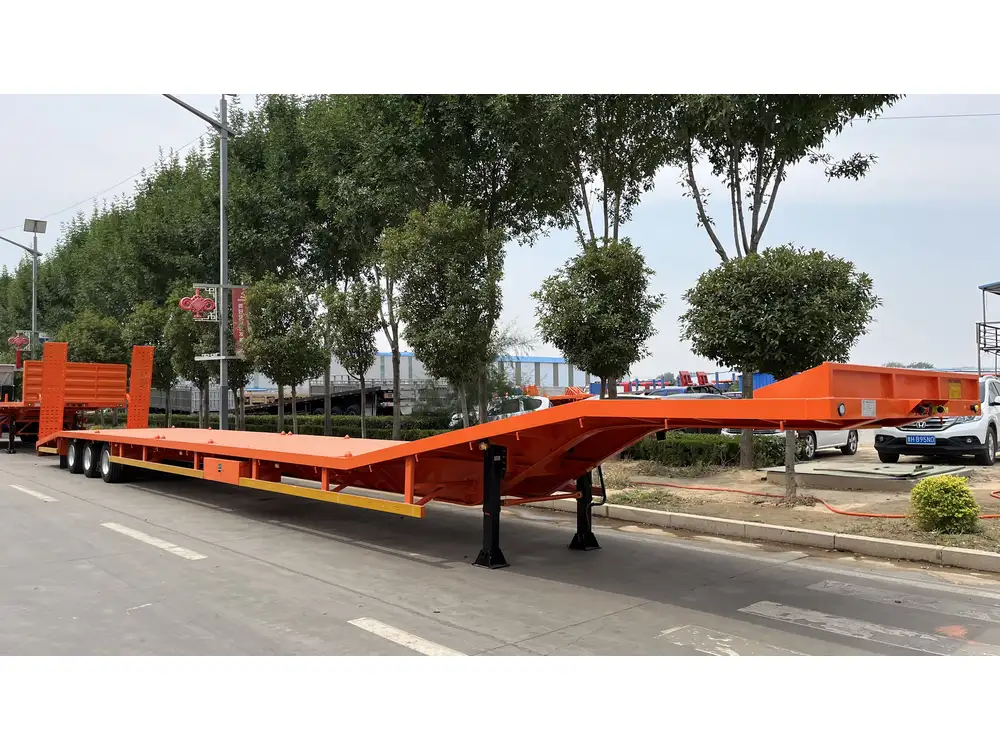
2. Refrigerated Trailers
Cost Range: $40,000 – $90,000
Reefer trailers maintain specific temperature settings, crucial for transporting perishable goods. The price reflects advanced insulation, refrigeration units, and added durability.
3. Flatbed Trailers
Cost Range: $25,000 – $50,000
Flatbed trailers are versatile and widely used for transporting oversized cargo. Their simpler design means they can often be less expensive than enclosed trailers, yet prices can rise based on additional accessories and features.
4. Tanker Trailers
Cost Range: $50,000 – $150,000
Used primarily for transporting liquids, tanker trailers are engineered to meet strict safety regulations and often come with complex pumping systems. Their construction quality significantly influences the overall price.
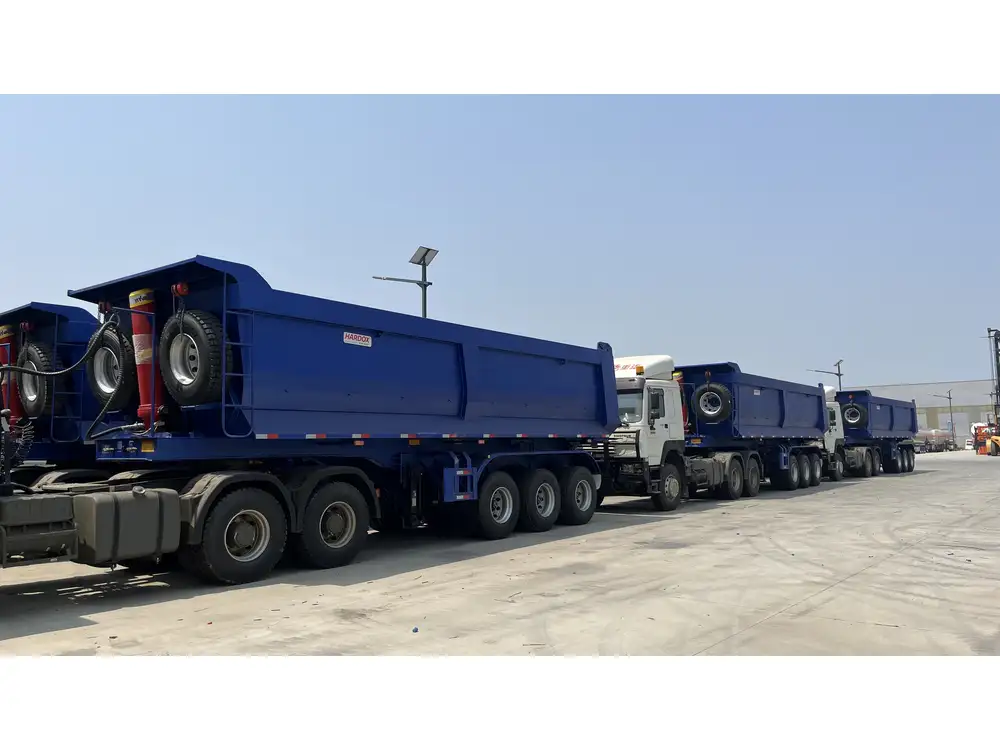
5. Specialty Trailers
Cost Range: Varies widely ($20,000 – $100,000+)
Specialty trailers, such as car haulers or lowboys, are designed for specific transport needs. Their costs can fluctuate considerably, depending on the trailer’s complexity and the materials used.
Semi-Trailer Comparison Table
| Type | Average Cost Range | Key Features |
|---|---|---|
| Dry Van | $30,000 – $60,000 | Enclosed, versatile cargo transport |
| Refrigerated | $40,000 – $90,000 | Temperature control for perishables |
| Flatbed | $25,000 – $50,000 | Open design, ideal for oversized loads |
| Tanker | $50,000 – $150,000 | Safe liquid transport with pumping systems |
| Specialty | $20,000 – $100,000+ | Designed for specific cargo types |
Factors Influencing the Cost of Semi-Trailers

1. New vs. Used Trailers
Choosing between new and used options significantly affects pricing. New trailers come with warranties and the latest features but are more expensive. Used trailers provide budget-friendly alternatives, albeit with potential wear and tear concerns to consider.
2. Size and Capacity
Larger trailers can carry more freight, leading to potentially higher productivity. However, they also come with increased costs in both purchase price and maintenance, affecting the overall return on investment (ROI).
3. Material Quality
The materials used in construction—steel, aluminum, or composite—impact both durability and weight. Steel trailers generally last longer but can be heavier, affecting fuel efficiency. Aluminum trailers are lighter, leading to better fuel economy but typically come at a higher price.

4. Customization and Features
Considerable customization options—ranging from interior configurations to specialized loading mechanisms—can elevate costs significantly. Moreover, additional features such as aerodynamic fairings or low-profile tires can improve fuel efficiency, influencing the decision-making process.
5. Brand Reputation
Renowned manufacturers often charge premium prices due to their established quality and reliability. Investing in a trusted brand may result in lower maintenance and operational costs over time.
Additional Costs to Consider When Buying Semi-Trailers

1. Registration and Taxes
Most jurisdictions mandate the registration of semi-trailers, which involves additional costs. Sales tax on the purchase price can also add to the total expenditure.
2. Insurance
Insuring your semi-trailer is essential to protect your investment. Premiums can vary based on size, type, and intended use of the trailer.
3. Maintenance and Repairs
While semi-trailers usually require regular maintenance, keeping a fund for unexpected repairs is crucial. Older trailers or those with more complex systems may incur higher maintenance costs as they age.

4. Financing Costs
If financing your semi-trailer, consider interest rates and loan terms. Comparing offers from various lenders can save you money over the trailer’s lifespan.
5. Fuel Efficiency Modifications
Investing in modifications to improve fuel efficiency can reduce costs in the long run. Options include:
- Installing aerodynamic skirts
- Upgrading to low-rolling-resistance tires
- Regularly maintaining the trailer to ensure optimal performance
Step-by-Step Process of Purchasing a Semi-Trailer

Step 1: Determine Your Needs
Assess your specific transport requirements, including the types of goods you will carry, distances, and freight volume. This analysis guides you in selecting the appropriate trailer type.
Step 2: Set a Budget
Outline your overall budget, taking into account not just the purchase price, but also registration, insurance, maintenance, and potential customization costs.
Step 3: Research Brands and Models
Investigate available brands and models that fit your criteria. Read reviews and seek user experiences to gain insights into reliability and performance.
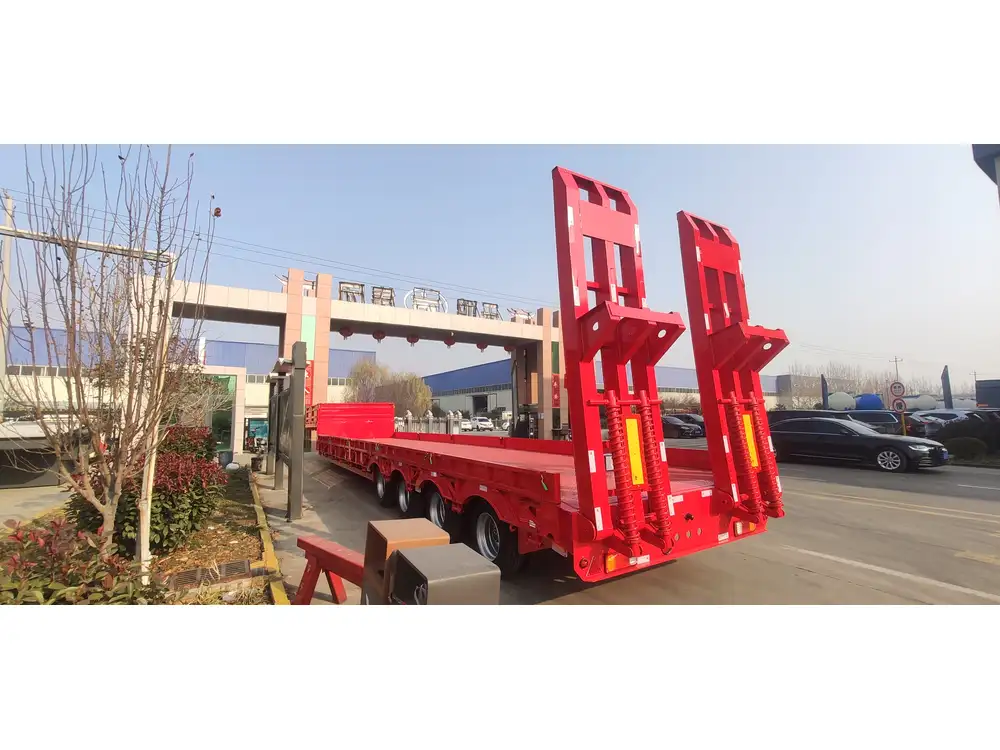
Step 4: Compare Pricing
Request quotes from multiple dealers and compare prices. Remember to check for any hidden costs associated with the transaction, such as setup fees or delivery charges.
Step 5: Review Warranty Options
Examine the warranty coverage before making a purchase. A robust warranty can cover unforeseen repairs, saving money in the long term.
Step 6: Take a Test Drive
If possible, inspect the trailer in person. Ensure it meets your expectations in terms of build quality and operational efficiency.
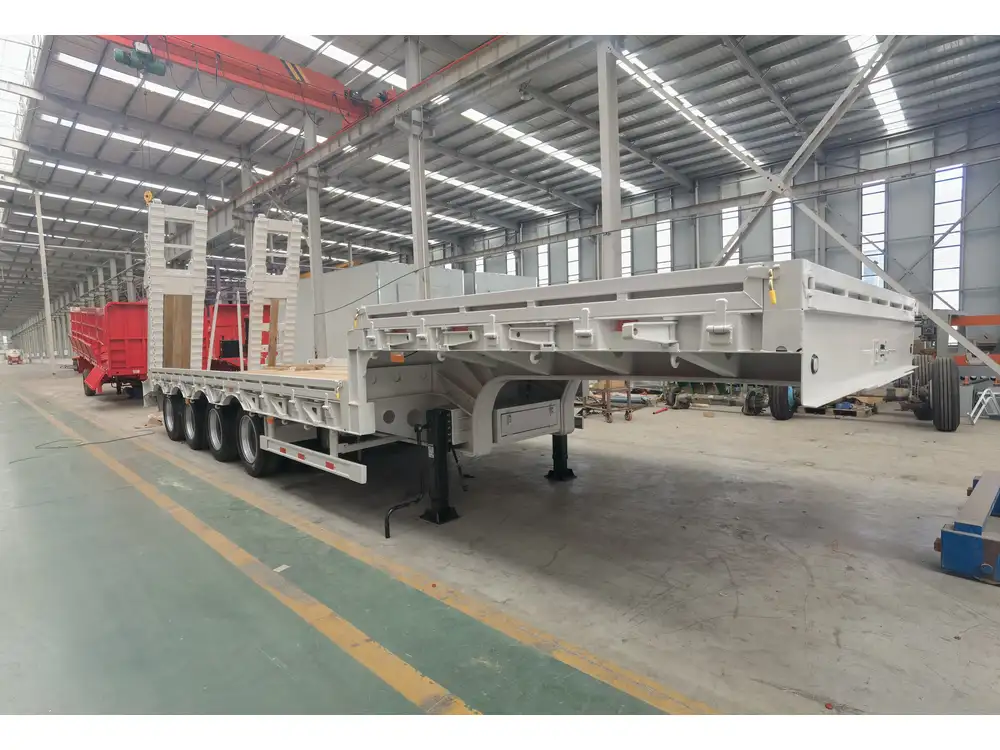
Step 7: Finalize Documentation
Once you select a trailer, complete the necessary paperwork, including financing agreements, insurance documents, and registration forms.
Frequently Asked Questions
1. What is the average lifespan of a semi-trailer?
The lifespan of a semi-trailer typically ranges from 10 to 25 years, depending on maintenance practices, usage conditions, and the specific type of trailer.

2. Can semi-trailers be financed?
Yes, many financing options are available for semi-trailer purchases. The terms and interest rates vary among lenders and depend on factors such as credit score and down payment.
3. What maintenance does a semi-trailer require?
Maintenance routines include regular inspections of the tires, brakes, lights, and structural components. Keeping up with maintenance can greatly extend the trailer’s lifespan.
4. Are there environmental considerations when purchasing a semi-trailer?
Yes, choosing fuel-efficient trailers and technologies minimizes environmental impact. Look for models designed with eco-friendly practices in mind.
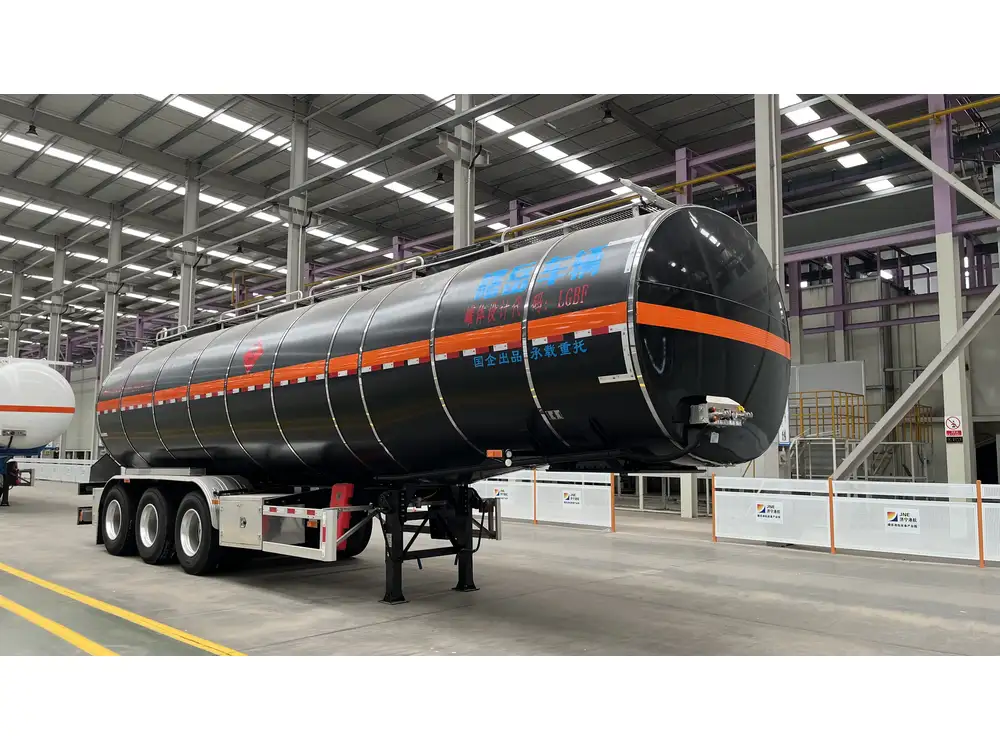
5. How can I find a reputable dealer?
Research dealers online, read customer reviews, and compare ratings on industry-specific websites to find a reputable semi-trailer dealer in your area.
Conclusion
Determining how much it costs to purchase a semi-trailer involves a nuanced understanding of various factors, including trailer type, size, material quality, and additional costs. By carefully assessing your needs, setting a clear budget, and conducting thorough research, you can make a well-informed decision that aligns with your operational goals. The more you know about the variables affecting semi-trailer pricing, the better prepared you will be to make a strategic purchase that will support your logistics and transport endeavors effectively for years to come.



